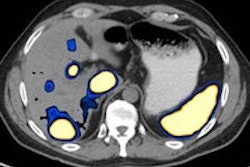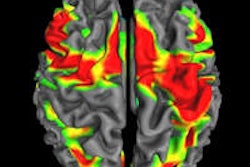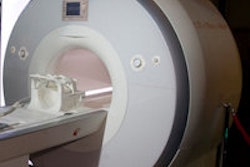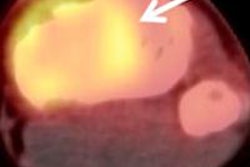Dear Molecular Imaging Insider,
In the abdomen, molecular imaging (MI) has become synonymous with FDG-PET, but important applications are now starting to emerge.
MI is enhancing assessment of therapy response and facilitating risk-adapted, personalized therapy, and research on exploiting the specific molecular features of tumors, and their microenvironment will eventually translate into better future clinical care, attendees learned at the 2013 European Society of Gastrointestinal and Abdominal Radiology congress in Barcelona. Click here to find out more.
To promote the safety of radiopharmaceuticals, Spanish researchers have created a new database that's already attracting considerable interest. The group hopes collecting data on drug interactions and adverse reactions to radiopharmaceuticals, as well as providing all nuclear medicine staff with access to them, will help cut the incidence of adverse reactions and prevent misdiagnoses. Get the story here.
Molecular techniques are also making giant strides in the field of dementia. For instance, more F-18-labeled compounds are becoming available, and look set to have a wider diffusion in clinical practice.To learn more, click here.
Combining FDG-PET/CT and diffusion-weighed MRI (DWI-MRI) may be useful for predicting the histologic response of osteosarcoma to neoadjuvant chemotherapy, according to a new study. Researchers analyzed changes in standardized uptake values from FDG-PET/CT and apparent diffusion coefficient values from DWI-MRI and found a negative correlation between the imaging parameters, which were both effective in predicting tumor response after therapy. Read more here.
A team from University College London has developed an MRI-based method for imaging glucose uptake and metabolism in vivo. Glucose chemical exchange saturation transfer does not require the use of ionizing radiation and instead images unlabeled glucose at physiologically reasonable quantities. Click here for the full details.
This is only a brief selection of articles that have appeared over recent weeks in your Molecular Imaging Community. For the full list, see below.




















